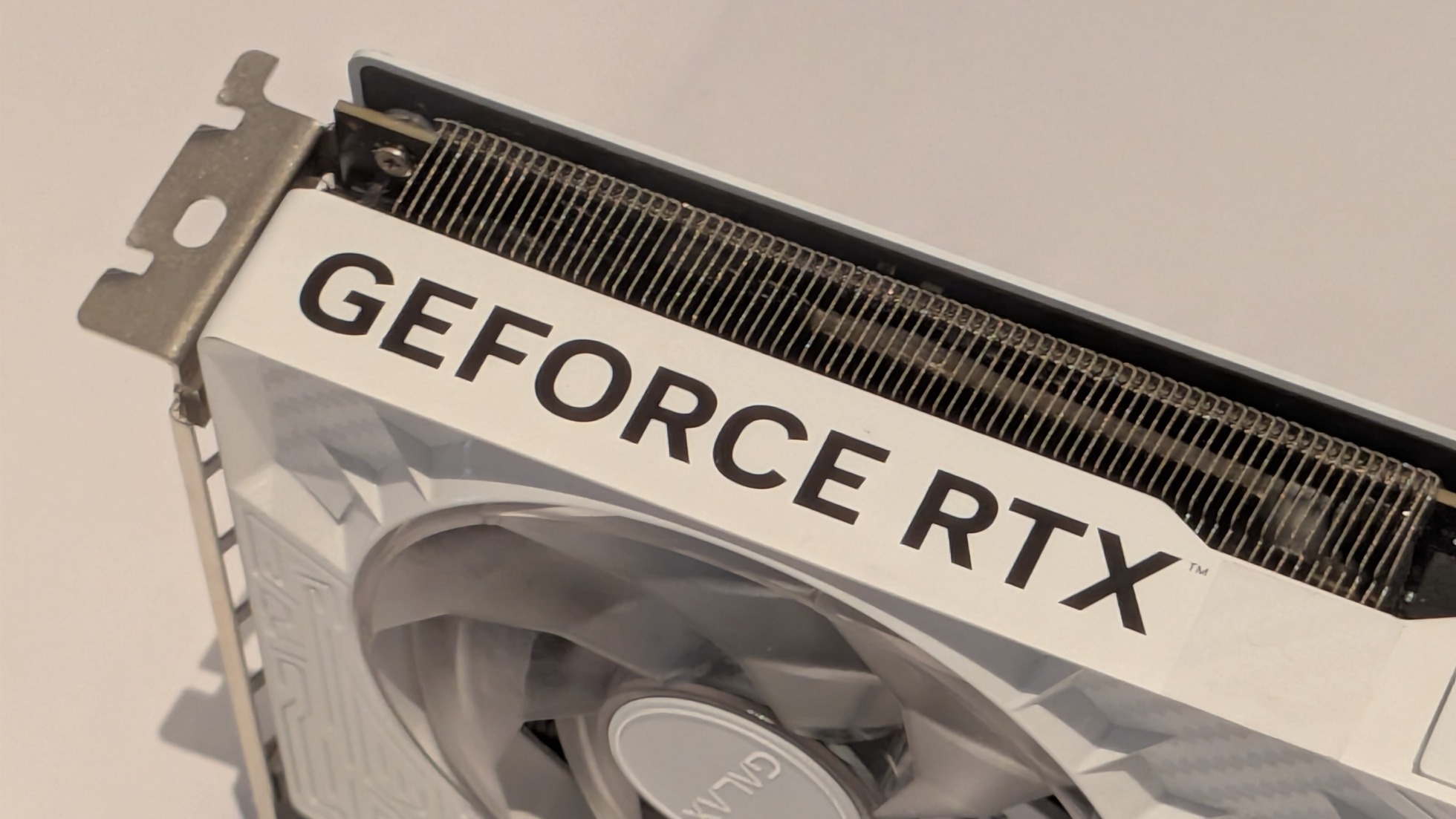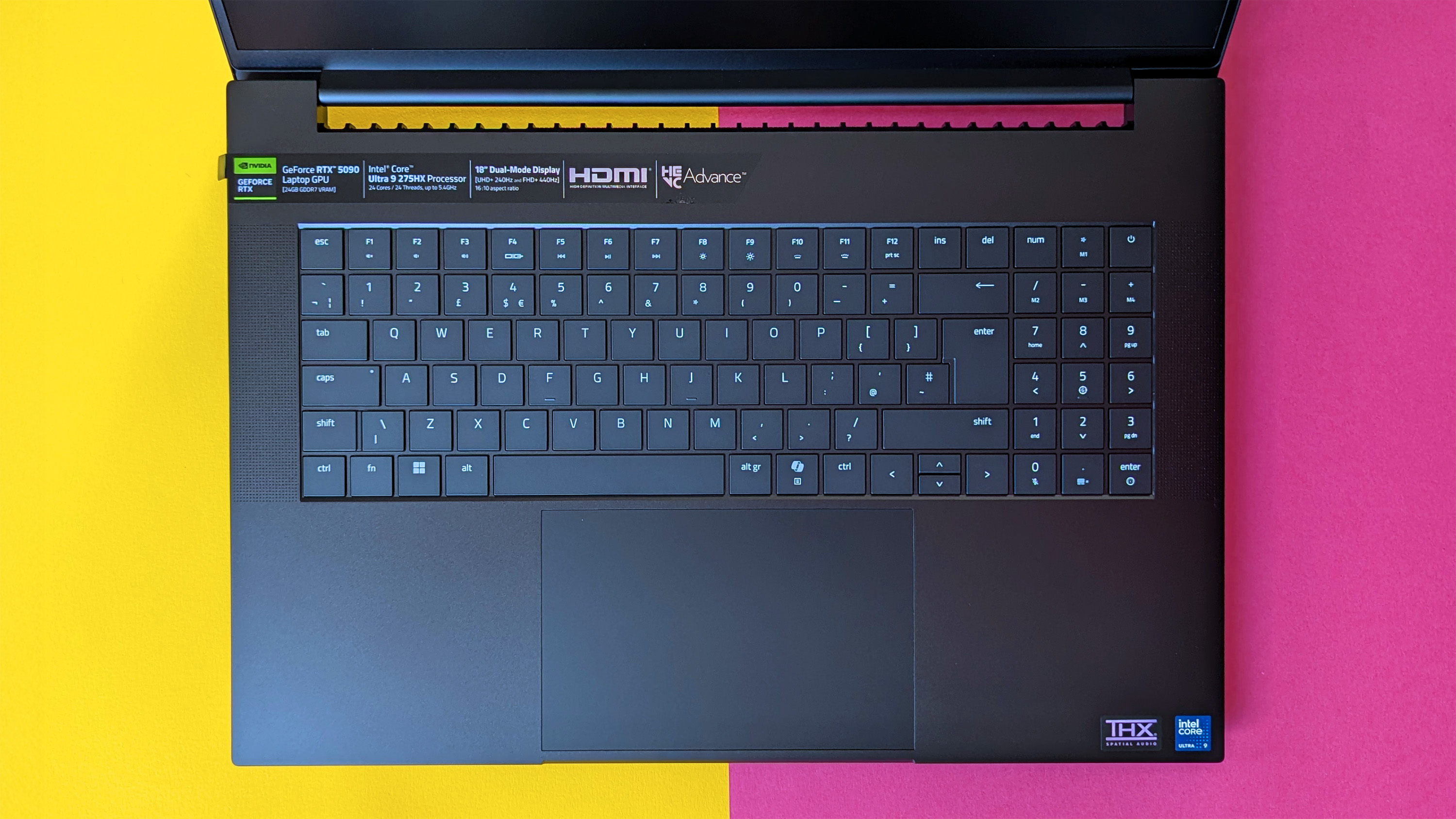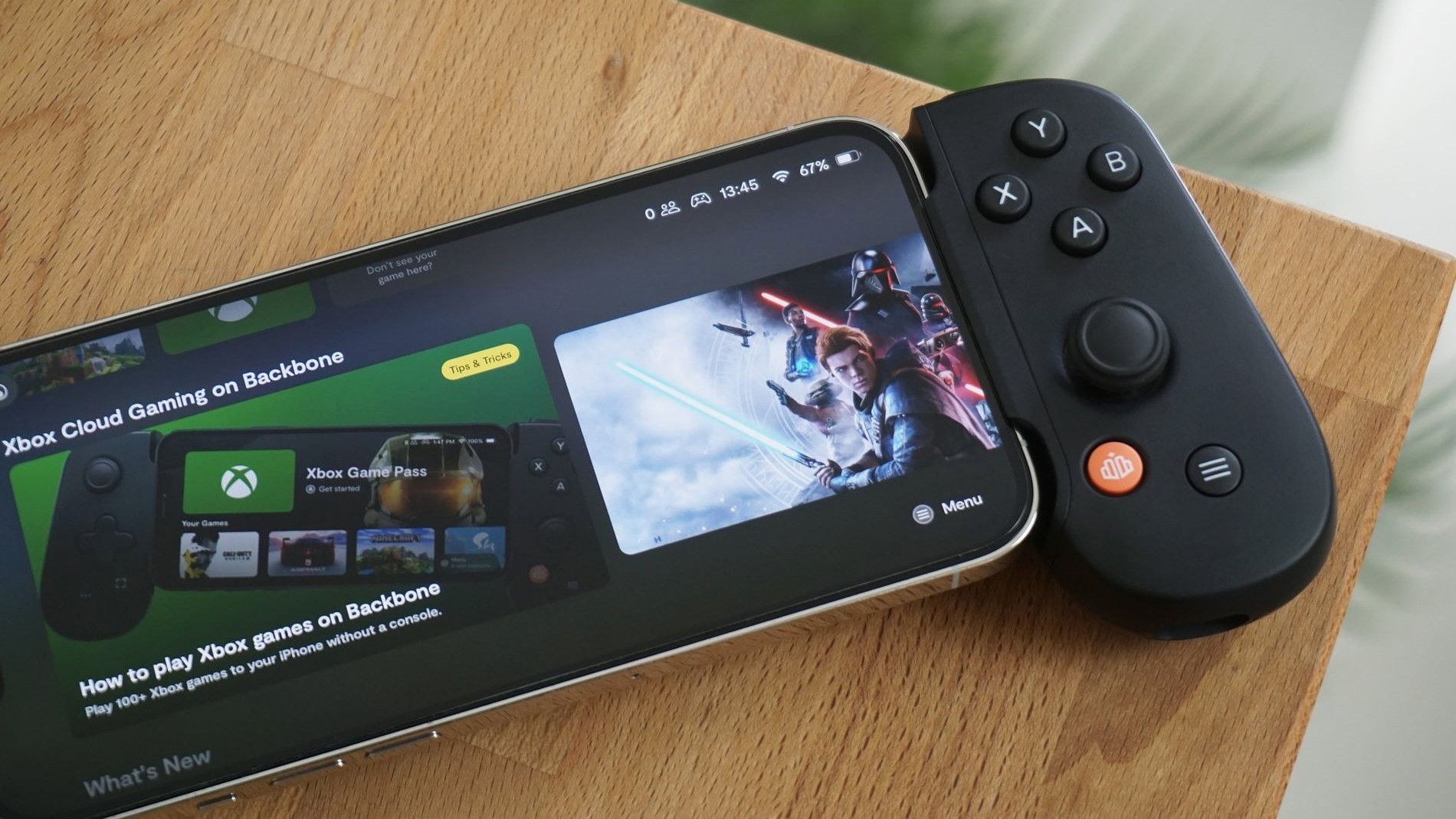People keep seeing Windows 11 allowing them to eject their GPU — don't worry about it, but you also shouldn't need to do it
It's been cropping up recently that Windows 11 will allow them to eject their GPU from their system, and you probably shouldn't do it. But also don't be alarmed.

It's been popping up recently, especially through user forums such as Reddit, that Windows 11 is allowing people the opportunity to eject their GPU from their system.
It's curious, possibly alarming, but equally nothing to worry about. That's not to say you should do it, no matter how curious you may be.
We'll start with one of the recent threads, seen here on Reddit, explaining what's happening.
My windows let me eject my graphic card, how can i disable it? from r/Windows11
I think part of the concern, and it's valid, is that this message is appearing in such a way that you would see devices such as USB flash drives and could be accidentally ejected. Seeing an option to eject your GPU from the taskbar could easily be alarming.
A reply on the thread posted above links to a previous thread from four years ago highlighting the same. So it's been around for long enough, but as is often the case, such things will find their way back into the public eye.
It also means that whatever the root cause of this is either hasn't been fixed, or some kind of bug keeps reappearing. One suggested way to prevent it is to disable PCIe hotplug/hotswap in your PCs BIOS, if it's an option.
There also appears to be a registry hack (as is often the case) that can disable this.
All the latest news, reviews, and guides for Windows and Xbox diehards.
It's not something to be too concerned about, though. I don't recommend doing it, especially on a desktop, since in most cases the GPU would be the only display output.
On a laptop, or a desktop with a CPU that has integrated graphics, you have a secondary GPU that can take over. On a desktop, you would have to connect your display to the motherboard's display output, since the GPU would have been ejected from the system.

On a laptop, you wouldn't likely notice anything. Laptops are designed to make use of both integrated and discrete graphics, in part for efficiency. When you're on battery, for example, you don't need a more power hungry NVIDIA GPU just to operate your display.
So, the discrete GPU would be disabled, and could also explain why this option exists. But equally, the PC would do this on its own, you wouldn't be required to do it manually.
Rebooting the PC should re-enable the discrete GPU in any case. But it's still not the best course of action to go around ejecting it, after all, there's no real reason you would need to.
If you're replacing it with a new one, you can just pop it out, you can use a tool like DDU to remove the drivers and then install fresh ones. At no point in that process would you need to forcibly eject the GPU from your system.
So, the short version is, don't worry about it. I see why there may be some concern, especially over doing it accidentally. Perhaps there is a reason this needs to exist, perhaps it's a simple bug that keeps reappearing.
You shouldn't actively go doing this, but if it happens accidentally, things should be OK.

Richard Devine is a Managing Editor at Windows Central with over a decade of experience. A former Project Manager and long-term tech addict, he joined Mobile Nations in 2011 and has been found on Android Central and iMore as well as Windows Central. Currently, you'll find him steering the site's coverage of all manner of PC hardware and reviews. Find him on Mastodon at mstdn.social/@richdevine
You must confirm your public display name before commenting
Please logout and then login again, you will then be prompted to enter your display name.
